Document Author
Year Published
Topic
- (-) Remove Research filter Research
- Reports, Evaluations, Best Practices, Surveys (10) Apply Reports, Evaluations, Best Practices, Surveys filter
- 100% Access to Justice (6) Apply 100% Access to Justice filter
- Reports (4) Apply Reports filter
- Best Practices (3) Apply Best Practices filter
- Courts (3) Apply Courts filter
- Plain Language & LEP (3) Apply Plain Language & LEP filter
- Self-Help Centers (3) Apply Self-Help Centers filter
- Strategic Planning (3) Apply Strategic Planning filter
- Trial Court Self-Help (3) Apply Trial Court Self-Help filter
- ATJ Commissions (2) Apply ATJ Commissions filter
- Best Practices for Self-Help Centers (2) Apply Best Practices for Self-Help Centers filter
- Human Centered Design (2) Apply Human Centered Design filter
- Justice Tech Entrepreneurs (2) Apply Justice Tech Entrepreneurs filter
- LEP and Access (2) Apply LEP and Access filter
- Map Gallery (2) Apply Map Gallery filter
- State-by-State (2) Apply State-by-State filter
- State Language Access Plans (2) Apply State Language Access Plans filter
- Technology (2) Apply Technology filter
- Allied Professionals (1) Apply Allied Professionals filter
- Articles & SRLN Briefs (1) Apply Articles & SRLN Briefs filter
- Automated Forms & E-Filing (1) Apply Automated Forms & E-Filing filter
- Court Navigators (1) Apply Court Navigators filter
- Evaluation (1) Apply Evaluation filter
- Forms (1) Apply Forms filter
- General Non-Profit Resources for Planning and Evaluation (1) Apply General Non-Profit Resources for Planning and Evaluation filter
- Impact of Self-Represented Litigant Innovations on Cost and Efficiency (1) Apply Impact of Self-Represented Litigant Innovations on Cost and Efficiency filter
- LEP Reports (1) Apply LEP Reports filter
- Libraries (1) Apply Libraries filter
- Linking a Self-Help Center to Other Services (1) Apply Linking a Self-Help Center to Other Services filter
- Plain Language (1) Apply Plain Language filter
- Regulatory Concerns (1) Apply Regulatory Concerns filter
- Research about Court Navigators (1) Apply Research about Court Navigators filter
- Scaling in Court Systems (1) Apply Scaling in Court Systems filter
- Simplification (1) Apply Simplification filter
- Surveys (1) Apply Surveys filter
- Tools for Evaluating Self-Help Programs and Services (1) Apply Tools for Evaluating Self-Help Programs and Services filter
- Triage (1) Apply Triage filter
- Unbundling (1) Apply Unbundling filter
- Working Groups (1) Apply Working Groups filter
State
Tags
Post date
Search results
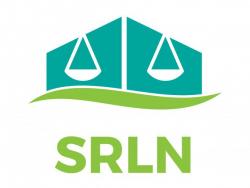
Report: Remote Appearances of Parties, Attorneys and Witnesses, A Review of Current Court Rules and Practices (SRLN 2017)
The Remote Appearances of Parties, Attorneys and Witnesses, A Review of Current Court Rules and Practices report is a follow up report to Serving Self-Represented Litigants Remotely – A Resource Guide. It "presents the author’s conclusions about the ...
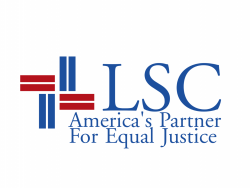
Report: The Justice Gap: Measuring the Unmet Civil Legal Needs of Low- Income Americans (LSC 2017)
The report begins with the following introduction – The phrase “with liberty and justice for all” in the U.S. Pledge of Allegiance represents the idea that everyone should have access to justice, not just those who can afford legal representation. In crim ...
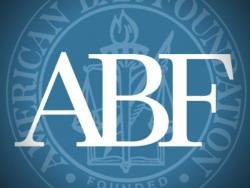
News: Limited Licensed Legal Technician Program (American Bar Foundation 2017)
The Washington State Supreme Court (courts.wa.gov) and the Washington State Bar Association (wsba.org) created an innovative program to expand the provision of legal services. Limited Licensed Legal Technicians (LLLTs) represent a new legal role that buil ...
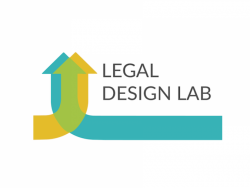
Resource: Law + Design Workbook (Hagen 2017)
The Legal Design Lab's Law + Design Workbook is a guide for running a legal design cycle. Published by Margaret Hagen, the workbook is distributed under the Creative Commons License that requires attribution, that you don’t commercialize this, and th ...
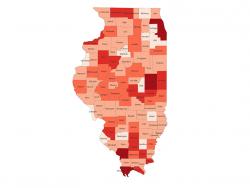
News: Illinois Supreme Court Commission on Access to Justice Uses SRLN Maps for Statewide Strategic Planning (Illinois Supreme Court 2017)
The Illinois Supreme Court Commission on Access to Justice has started using the SRLN demographics maps for presentations to circuit clerks, circuit court judges, civil legal aid and pro bono practitioners. “The maps helped provide context for why access ...
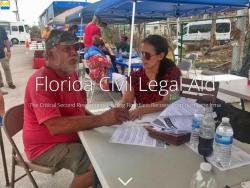
News: Interactive story map shows hurricane impacts and Florida’s vulnerable populations (Florida 2017)
The Self-Represented Litigation Network (SRLN) helped The Florida Bar Foundation create a new data resource that reveals the impact of Hurricane Irma on Florida and the vulnerable populations who could potentially need civil legal aid in the recovery, and ...
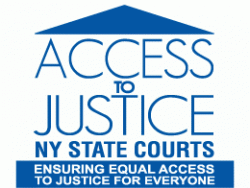
Best Practices: Document Assembly Programs Best Practices Guide for Court System Development and Implementation Using A2J Author (New York 2017)
Beginning in 2005, the New York State courts began developing Document Assembly Programs for use in its Help Centers using A2J Author for the front-end, HotDocs software for the back-end, and LawHelp Interactive server to host the programs. By 2009, this ...
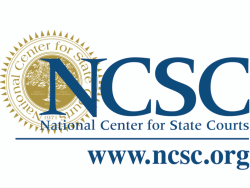
Roles Beyond Lawyers: Evaluation of the New York City Court Navigators Program (News 2017)
A new study by the American Bar Foundation (ABF), National Center for State Courts (NCSC), and supported by the Public Welfare Foundation, confirms the efficacy of a new solution to the growing access to justice crisis in American civil courts. The s ...
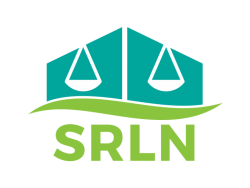
SRLN Brief: Intro to Design Thinking (SRLN 2017)
In the Access to Justice space, design thinkin g practices from the technology space are increasingly embraced to improve the way people access legal services and to improve and simplify the processes themselves. Reviewing practices around the country, we ...
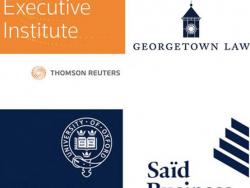
Report: Alternative Legal Service Providers: Understanding the Growth and Benefits of These New Legal Providers (Thomson Reuters Legal Executive Institute, Georgetown University Law Center, and the University of Oxford Saïd Business School 2017)
In the 2010's, the legal marketplace saw an influx of new start-ups and new entrants looking to challenge the long-standing service model offered by law firms to their clients. Traditionally, clients looked to their law firms to provide a full range ...